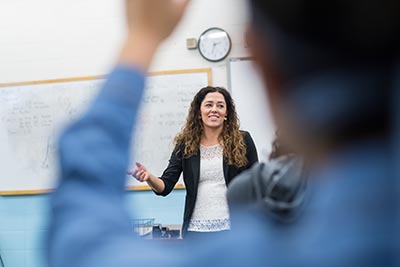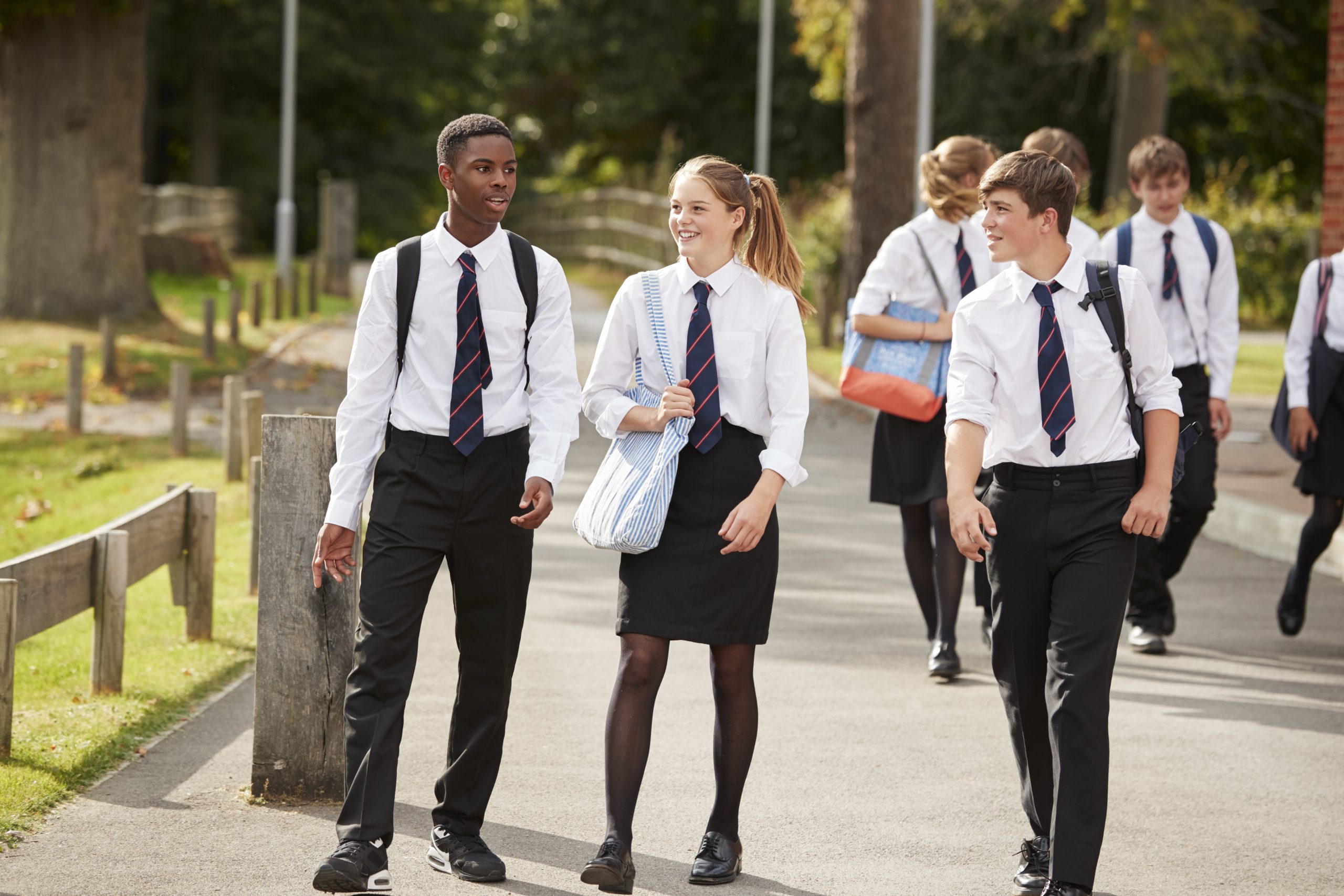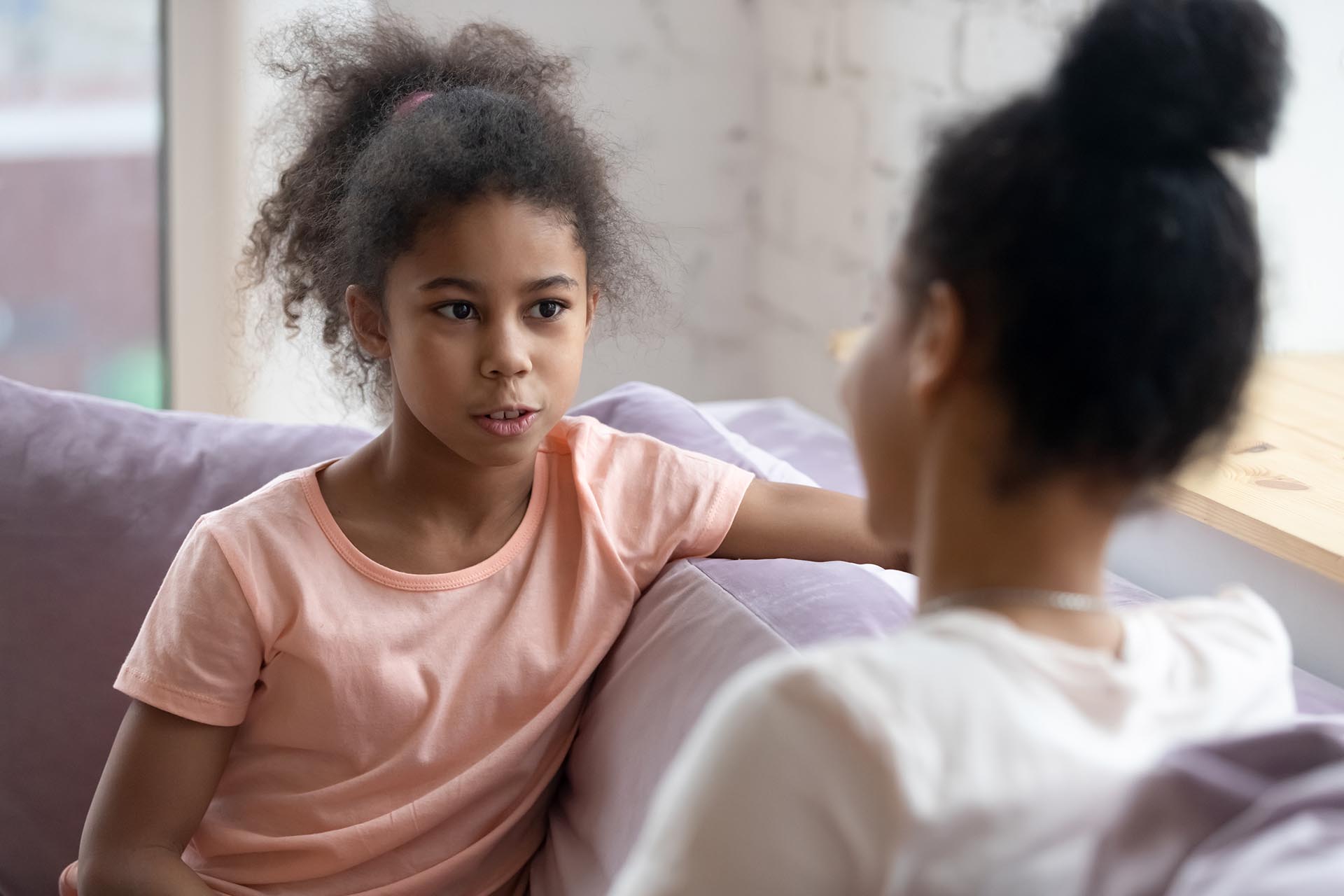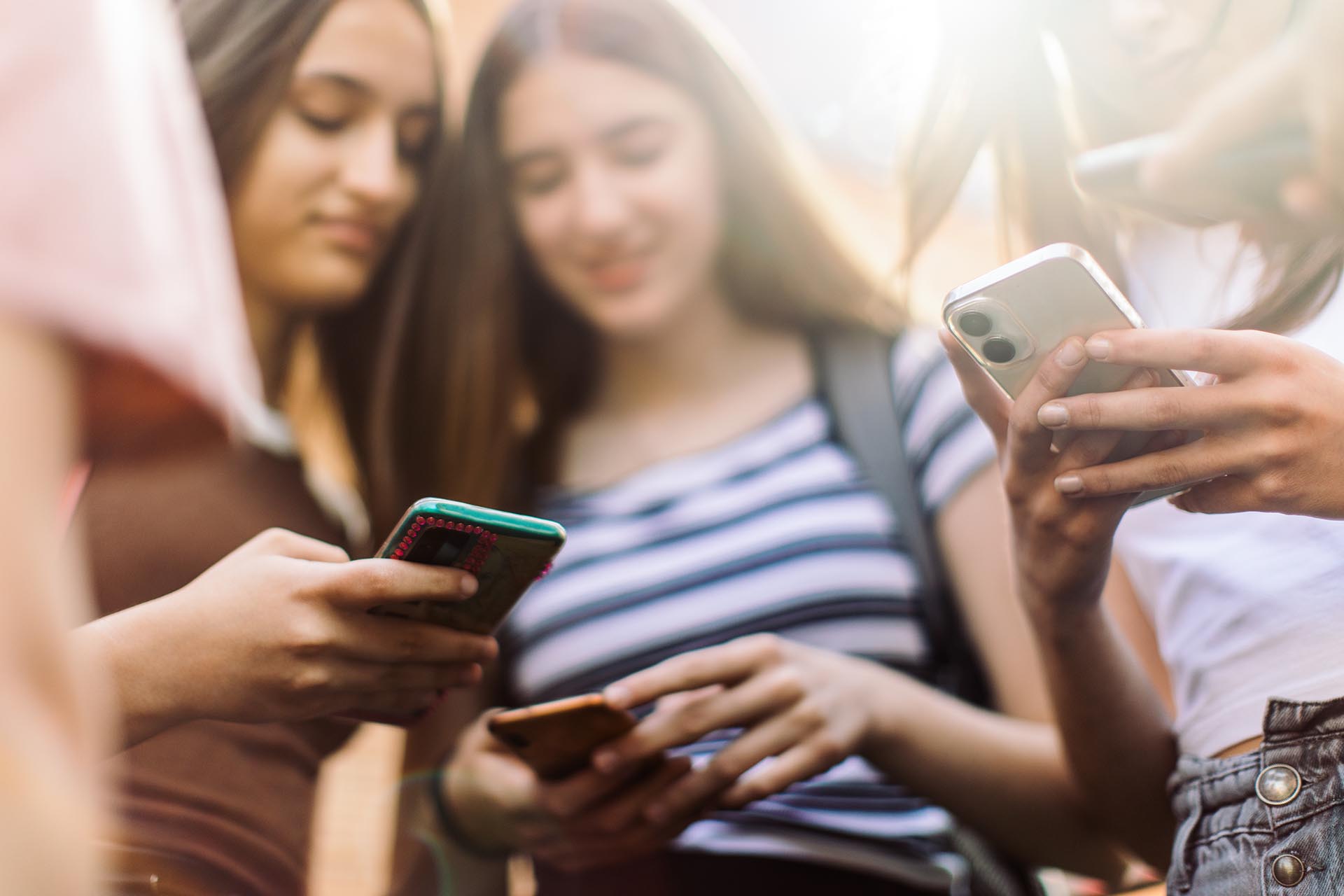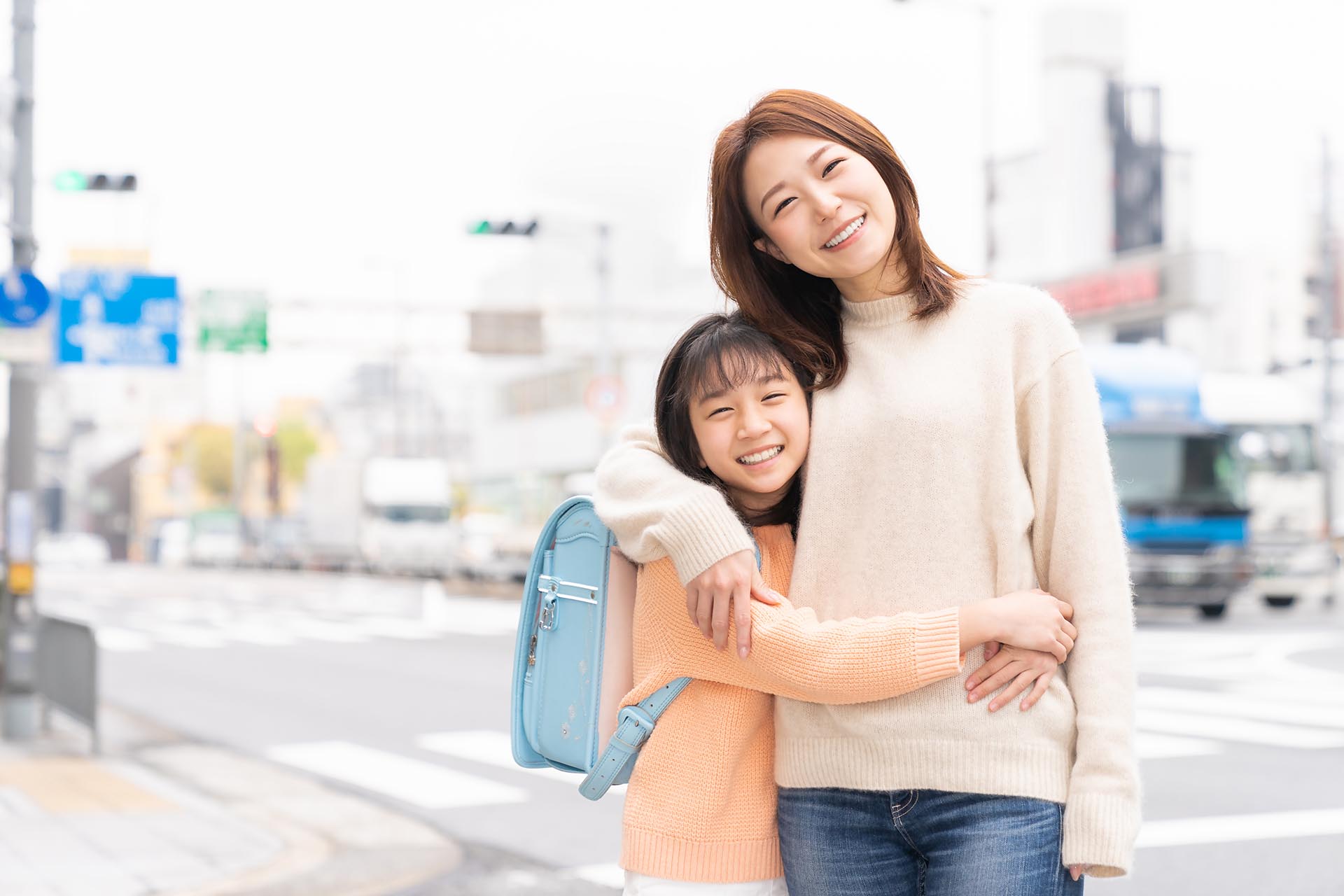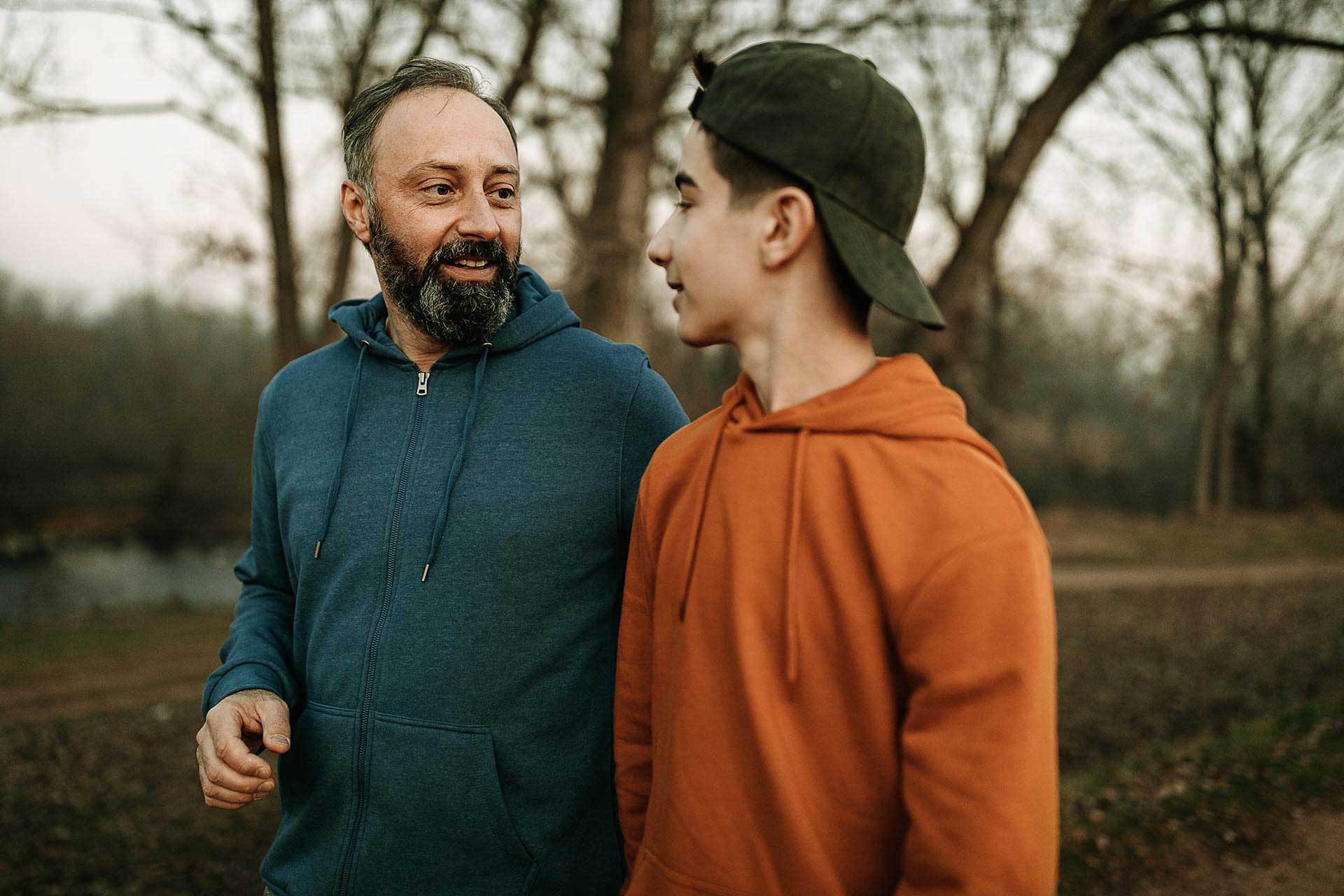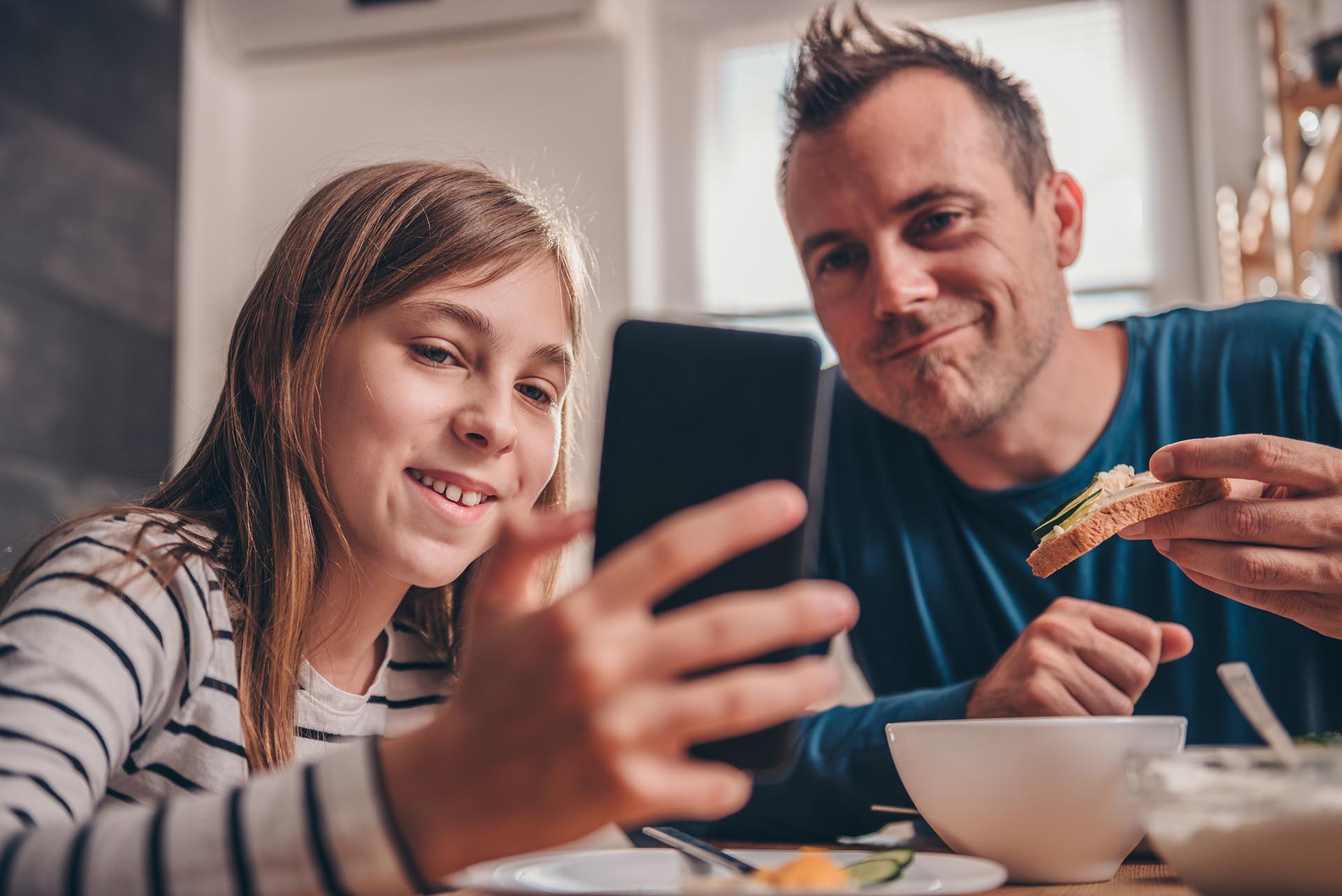Helping your child navigate current affairs, bad news, and graphic content
Recently, we’ve spoken about how young people are at risk of being exposed to pornography as soon as they have access to a device. But what about other kinds of inappropriate or distressing content?
A lot is going on at the moment—from the Israel/Palestine conflict, the Referendum in Australia, Russia’s invasion of Ukraine, and other distressing issues like climate change. Younger children can be shielded more easily from the news and current affairs but this gets more difficult in upper primary and secondary school. For one, children are old enough to discuss ‘the news’, and secondly, current affairs topics are all over social media—often looking nothing like ‘traditional’ news (hello TikTok). While these topics alone can be distressing for young people, add in the risk of them seeing graphic images and videos online and it’s no surprise parents are concerned right now.
While we should use parental controls and filtering wherever possible, it’s equally important to make sure your child knows they can always come to you if they do see anything disturbing online. We can also help young people build media literacy from a young age to prepare them to eventually navigate the internet without supervision. Understanding what they know already when it comes to current affairs will help us to communicate in age-appropriate ways what is going on. Finally, we can support our children through this (seemingly endless) bad news cycle by keeping conversations open and always making sure they know we’re there if they need to talk.
Have a strategy around graphic content
Talking to young people about seeing graphic content online before they are exposed is a good idea. Having a pre-emptive conversation means if they do come across it, they are more likely to tell you about it and less likely to be negatively affected. Make sure they know never to click on any ‘random’ links (a URL/link with an unknown destination) from friends or strangers. And, that if they do come across something that upsets them, exit immediately and then tell you, or another trusted adult, as soon as they can.
The Australian eSafety Commissioner has contacted social media companies about the recent war and conflict imagery circulated online and is working hard to remove illegal and restricted material wherever possible. We can support them by following these instructions to report content.
Talk to them about how algorithms work
Social media platforms more often than not prioritise extreme content that will be shared widely or get a reaction from viewers. Just because we are seeing information or images everywhere, does not mean they are true or real. It’s important to understand if viewers watch, like, or share a graphic or extreme piece of content, they are more likely to be exposed to similar content going forward (or even more extreme versions of it).
Teaching young people how social media algorithms works is important, as
- it starts to build media literacy from a young age—helping them think critically about the content they see
- it gives them a logical reason why clicking on something ‘just one time’ can be harmful, as it could impact what they might be exposed to in the future
Check in on them (and see what they know already)
Try to start the conversation with curiosity about what they know first and build the discussion around that. This is a good approach to understanding what is circulating in their school or social life, and what they’re most concerned about. You may not get a conversation going at first so it may take a few tries before the time is right and they are happy to chat.
You could start with, ‘There’s a lot going on at the moment. Are any of your friends or teachers talking about current affairs at school?’
Keep them updated in age-appropriate ways
We are responsible for keeping our young people safe from distress. However, part of keeping them safe is providing them with enough information to navigate the world. While you know your child best, and can best communicate current affairs while emphasising the values of your family, here are some tips for talking to your children about potentially upsetting global news:
- Keep your emotions in check: children will often mirror the emotions of their parents or carer. Although it’s normal for parents to feel stressed and anxious, try to talk to your young person calmly.
- Focus on encouraging compassion: talk about the events concerning how they relate to human rights. For example, ‘everyone deserves to be safe.’
It’s up to us as parents and caregivers to understand when our children might need a distraction (an activity without screens, exercise outside, a family game, etc), or a more in-depth discussion about what’s going on. Don’t stress too much about ‘getting it right’, as it will never be a ‘one-off’ conversation, but an ongoing one (and it will likely get longer and more nuanced as your child gets older). All young people, from children to young adults, need to know they can always come to us if they have questions or feel distressed.
Further reading
- ‘What to do if you see distressing content online’ – The Australian eSafety Commissioner
- ‘How to talk to your children about conflict and war’ – UNICEF
- ‘Helping my children after trauma: A guide for parents’ – Phoenix Australia
- ‘Talking to kids after terrorism and violent events’ – Emerging Minds
